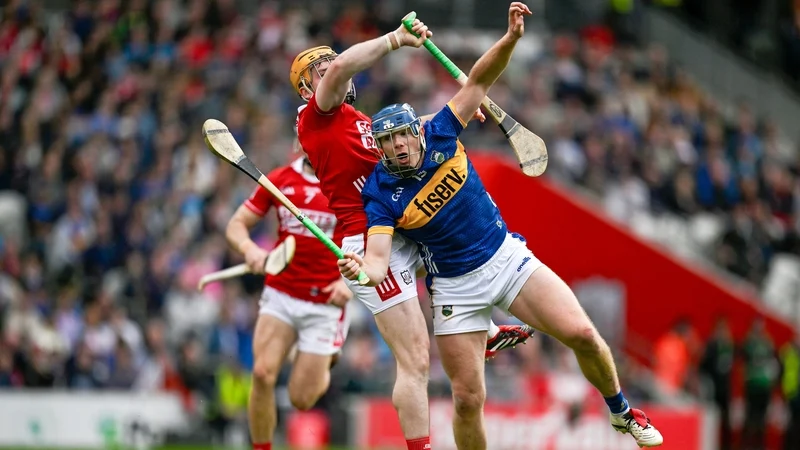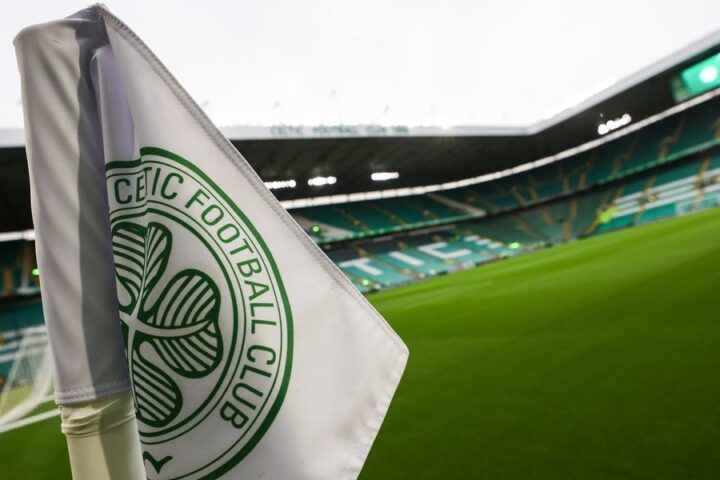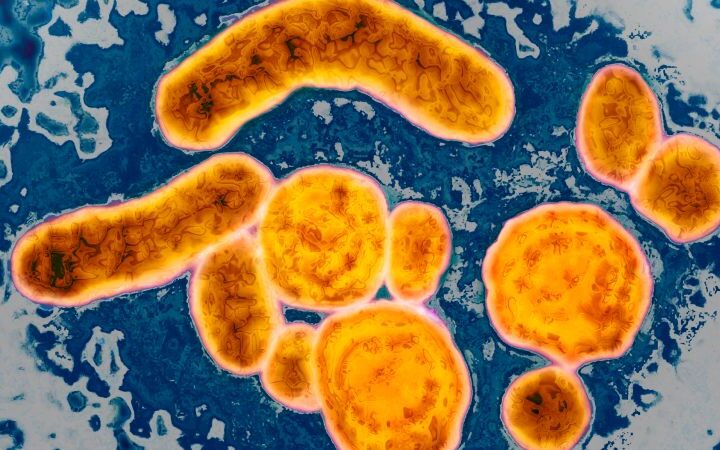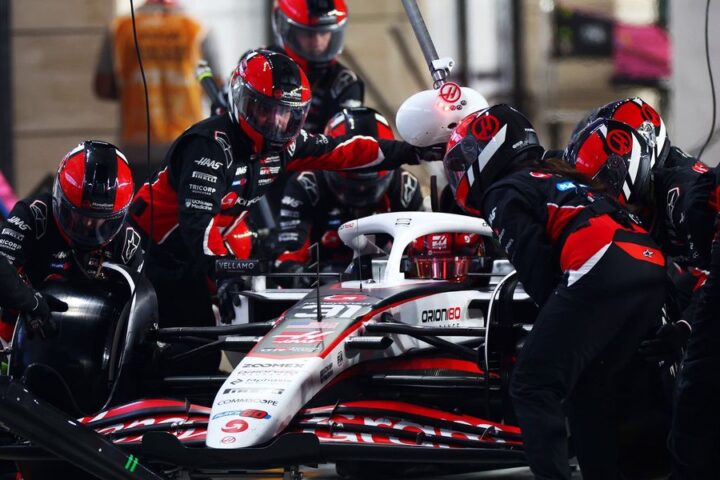Analysis: GAA clubs are found in every corner of Ireland, but you’ll find surprising pockets of football clubs in so-called hurling counties and vice-versa
Over the next two weekends, the All-Ireland hurling and football finals will take place at Croke Park in Dublin. As the attention of the nation focuses on the counties of Cork and Tipperary in the hurling and Donegal and Kerry in the football, we’re taking a step back and look at the wider geography of the GAA.
Strength in football or hurling is often associated with county success at the highest level such as Kerry and Dublin in football and Kilkenny, Cork, Tipperary and, more recently, Limerick in hurling.
But these narrow geographical brushes do not paint the full picture of the rich geography of the GAA in Ireland. Even within these counties, there are strongholds for each code: hurling is the game of choice in the corner of Kerry north of Tralee and there are football strongholds along south Tipperary stretching through Clonmel and Carrick on Suir.

The largest hurling area in Munster stretches through east Clare, mid-Limerick, and north Tipperary, encompassing the north Cork hurling enclave around Newtownshandrum and Charleville. There is a break south of here from here with football dominating in south Tipperary and a tenuous line linking Mallow to Millstreet before reaching Sliabh Luachra, Muskerry and West Cork, where the big ball is undeniably king.
The passionate hurling areas of east Cork, encompassing the now immortalised hurling passion of Killeagh, links the west Waterford hurling pocket around Lismore to Cork city and the Lee valley. Two other pockets of hurling strength exist in Munster, with Waterford City and the environs and potentially more surprising pocket of hurling in northwest Kerry.
Our map also shows the clubs of the players in this year’s All-Ireland final from Cork and Tipperary (black dots). They fall within these regions with only two exceptions: Luke Mead from Newcestown in West Cork—a typically football area—and Johnny Ryan from Arravale Rovers in west Tipp.

Our all-Ireland map is based on where senior clubs won county championships but this is not the only way to look at the strongholds. A study on the origin of football and hurling players to the Tipperary county team shows the same patterns of footballing prowess in the south of the county (and a pocket of football in north Tipperary around Templemore). The dominant supply of hurlers comes from an axis encompassing Thurles to Toomevara.
Due to the dominance of Cork city clubs in terms of senior club wins, a better distribution of the strengths of hurling and football is given by the locations of senior clubs in the county (Premier Senior and Senior A). The strength of football is to the west of the county. Hurling is strong in the east, in the city region, especially north of the River Lee (black line in inset), and near the Limerick border.
In Cork, senior club wins, particularly in hurling, are dominated by city clubs, rendering the county with the most GAA clubs in Ireland seem sparse. More insight to the geography of GAA in Cork can be found in the map of Cork senior clubs.

Christy Ring famously said that hurling should be encouraged in Cork by sticking a knife in every football east of Bandon. The dashed line in our Cork map shows the logic in this! Football is strong in West Cork and near the Kerry border. Hurling is strong in the city, particularly dominant north of the river Lee, in the east of the county and near the Limerick border.
We have looked at the number of senior county wins for every club in both football and hurling (the “roll of honour”) to show the strengths of both GAA codes throughout the country. The club roll of honour is a staple of matchday programmes at county finals and provides us with a dataset of hurling and football throughout the country stretching as far back as the late 1880s.
The location of current clubs is available via the work of Ryan McGuinness at GAA Pitch Finder and we can cross reference these locations with the roll of honour. This of course does not apply to every winning club, however, as many clubs have become defunct, merged with another or changed names over the years. With over 1,100 clubs on our full list and many mysterious former clubs, this was quite a challenge.
GAA clubs are found in every corner of Ireland that is not predominantly mountain, lake or unionist. The leading club in the all-time roll of honour is the mighty Crossmaglen Rangers (47 wins), from 2024 All-Ireland champions Armagh. The dominance of Crossmaglen has made them a mighty oak tree (or should that be apple tree) that little grows around, meaning the distribution of football wins in Armagh is very localised.
In contrast to the six-time All-Ireland club winning Cross, the next two clubs on the list are hurling teams hailing from Donegal and Leitrim: as the late, great Micheál Ó Muircheartaigh might say: neither a hurling stronghold. Burt, on the road from Letterkenny to Derry, have won 40 Donegal hurling titles including an impressive run from 1991 to 2006 of 16 titles in a row.
Our map reveals some details of the hurling regions of Ireland that are not shown in the 1993 article titled ‘The geography of hurling’, by Kevin Whelan or by looking at hurling populations at a county level. The well known hurling region that encompasses southeast Galway, east Clare, southwest Offaly, west Laois, east Limerick, north Tipperary, and Kilkenny meets an end near the the Waterford border, with footballing strength in south Tipperary, mid-Waterford, and even south Kilkenny emerging.
Some isolated pockets of hurling strength exist in northwest Kerry, south of the Ards peninsula in Down and north (not just the Glens) of Antrim. Beyond these, a strong hurling region spans northeast Westmeath to southwest Meath. In Westmeath, with the exception of Castletown Geoghegan, senior hurling champions hail from northeast of Mullingar, and dominated by small populations with little hurling in the bigger towns of Athlone or Mullingar. In Meath, the championship is dominated by Kilmessan and Trim and clubs in the southwest of the county.
It is a measure of the rurality of the GAA that our mapping works at all. If GAA were a more urban sport, we would be left with a map of major population centres, which wouldn’t be very interesting.
As the excitement of the All-Ireland finals builds, it is worth remembering the reach of the GAA throughout Ireland and beyond. With the new split season, the county championships end in July and the pivot to the club championship will bring interest to all corners of Ireland.















